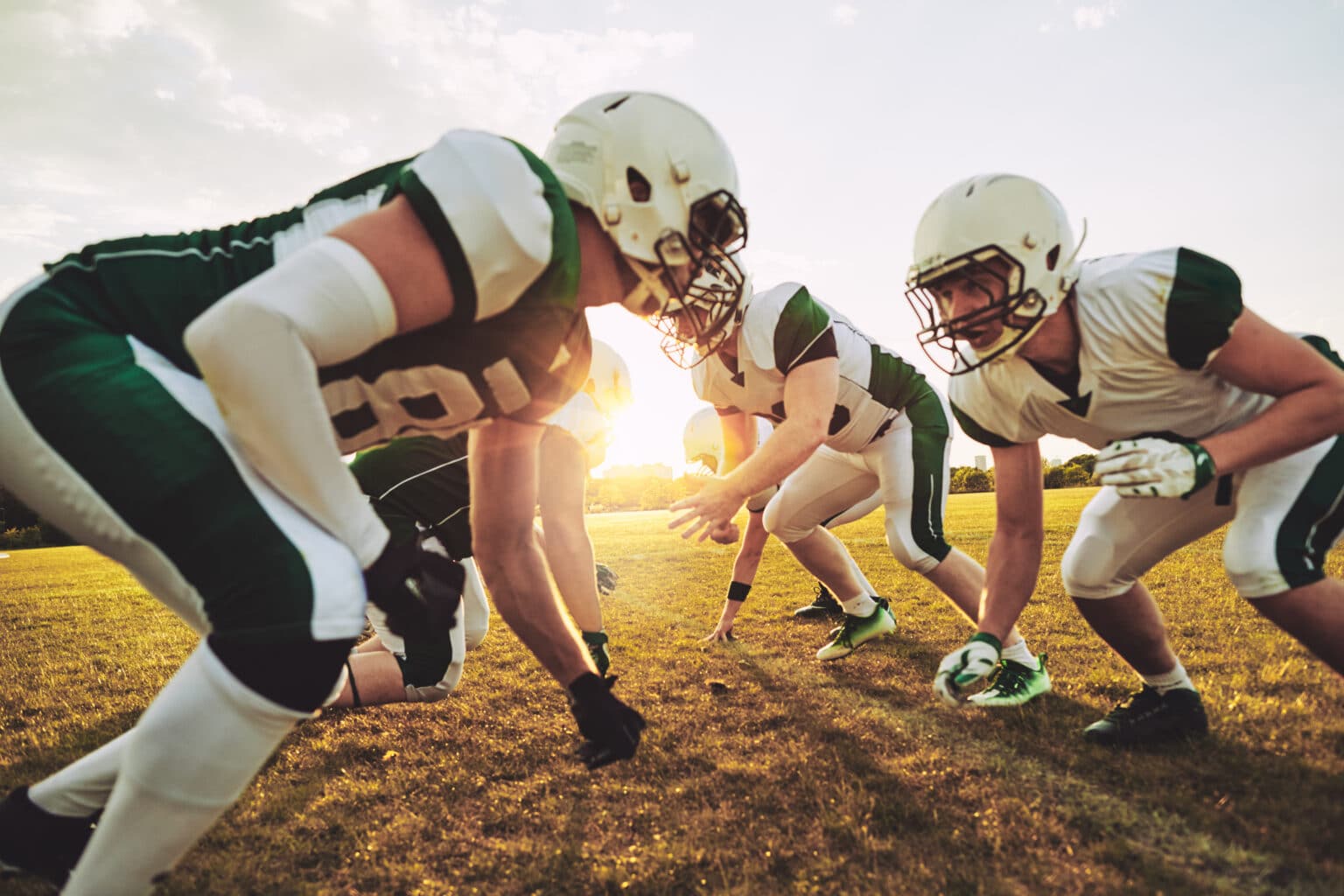Head injuries can happen anywhere, but sports and recreational activities are one of the leading causes of severe brain injuries.
Traumatic brain injuries (TBIs) can occur from a blow to the head or a penetrating brain injury, leading to cognitive impairment. Sports-related activities contribute to 10% of the estimated 3.8 million TBIs that occur each year in the United States. Plus, among children and adolescents, sports contribute to over 21% of all TBIs.
Recognizing the signs of a TBI is crucial, especially for athletes who may be at risk of future head trauma. Even minor head impacts can result in headaches, cognitive impairment, or worse. That’s why immediate medical attention is essential if a severe head trauma occurs.
Here’s which sports are most prone to traumatic brain injuries, why these injuries are on the rise, and TBI symptoms to look out for.
What sports are traumatic brain injuries most common in?
Traumatic brain injuries can occur in a variety of sports, but athletes engaged in contact sports face an increased risk. Here are some common sports where TBIs are most prevalent:
- Football: With over 3 million head injuries occurring each year, about 300,000 of them are football-related. Repeated blows to the head put football players at a higher risk of developing severe brain injuries. Proper equipment usage and adherence to tackle guidelines are essential preventive measures.
- Basketball: Head-to-elbow collisions during rebound attempts pose a risk of concussions in basketball. Slip and falls, head-to-head, and head-to-shoulder collisions also frequently occur.
- Cycling: Almost half of all head injuries sustained during sports or recreational activities happen while cycling, skateboarding, or skating. Wearing proper safety equipment is crucial to reducing the severity of injuries.
- Baseball: Concussions are most common among catchers and pitchers who are at higher risk of being hit by pitches or foul balls. The speed and force of a baseball can be like a punch from a heavyweight boxer, making umpires vulnerable too.
- Swimming: Hitting your head or body on the diving board, swimming into walls, and incorrect water entries can all lead to concussions. Water polo players also face risks from blows to the head from the ball and other players.
Why are sports-related brain injuries on the rise?
Over the past two decades, estimates of sports-related traumatic brain injuries have been on the rise. Several factors may be contributing to this increasing trend:
- Heightened Awareness: With a better understanding of the impact TBIs have on memory and behavior, there’s been a rise in case detection. Increased awareness among athletes, coaches, and medical professionals has increased the chance of identifying and reporting these injuries.
- Stricter Regulation: Stricter regulations in sports leagues have improved documentation and tracking of TBIs. Enforcing more stringent reporting protocols achieves a more accurate representation of the prevalence of these injuries.
- Promotion of Sports: The recognition of the health benefits of physical activity has increased sports participation in communities. As more people engage in sports, the risk of sustaining sports-related traumatic brain injuries naturally increases.
The rise in sports-related brain injuries is concerning, but it shows a growing awareness and dedication to athlete safety. Now, parents, coaches, and athletes can better recognize the signs of a TBI.
How to know whether you’ve suffered a traumatic brain injury from a sports injury?
When it comes to identifying whether you’ve suffered a traumatic brain injury from a sports-related incident, it’s crucial to be aware of the signs and symptoms. Symptoms can manifest immediately after an injury or appear several minutes later.
Here are key indicators to watch out for:
- Memory loss surrounding the event or difficulty recalling details.
- Noticeable shifts in behavior, mood, or personality.
- Slowed reactions or a noticeable delay in speech or movement.
- Feeling lightheaded, unsteady, or experiencing balance issues.
- Briefly or completely losing consciousness.
- Difficulty articulating thoughts or speaking clearly.
- Visual disturbances, such as blurred or double vision.
- Feeling disoriented, having trouble understanding or making sense of things.
- Feeling extremely tired or struggling to stay awake.
- Changes in sleep patterns, insomnia, or excessive sleepiness.
- Persistent or severe headaches that may worsen over time.
- Feeling queasy or experiencing episodes of vomiting.
If you experience any of these symptoms following a sports injury, seek immediate medical attention. A healthcare professional can conduct a thorough examination, provide proper diagnosis, and recommend an appropriate treatment plan.
If you believe your TBI resulted from someone else’s negligence, it may be necessary to consult with a qualified personal injury attorney. They can guide you through the legal process and help you recover the full value of your injury.
Traumatic brain injuries can have far-reaching effects on your life, and proper treatment and support are essential for your well-being. Filing a personal injury claim can help you cover medical expenses, lost wages, and other losses resulting from your brain injury.
The majority of the information for this article was sourced from the National Library of Medicine. Please consult with your doctor(s) before making any medical decisions.










